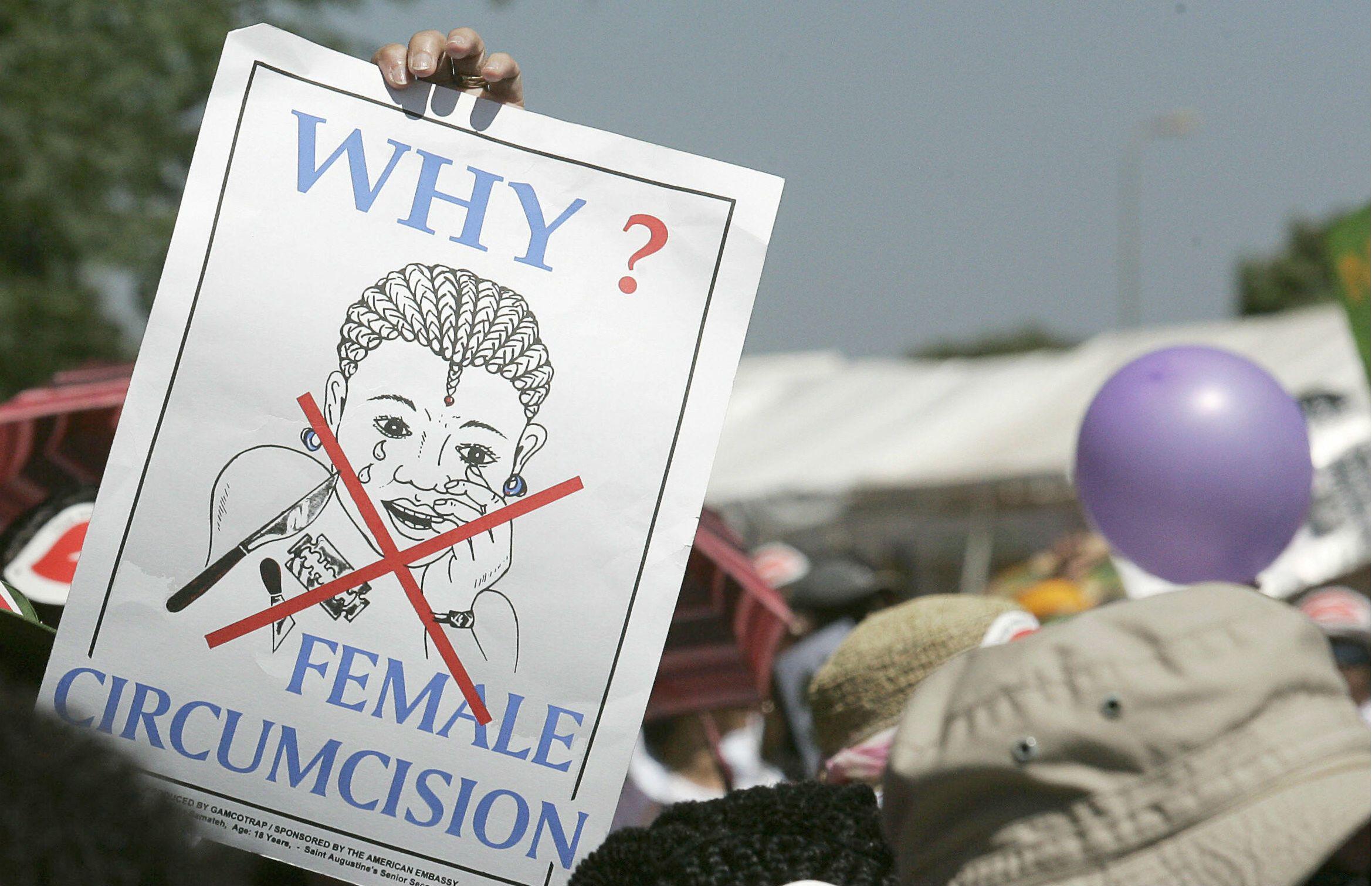Female Genital Mutilation (FGM) remains a haunting reality for millions of girls and women worldwide. This article delves into the depths of this harmful practice, its prevalence, and the ongoing efforts to eradicate it.

What is FGM?
The World Health Organization (WHO) defines FGM as "all procedures that involve partial or total removal of the external female genitalia, or other injury to the female genital organs for non-medical reasons." This practice, deeply rooted in cultural and social norms, violates fundamental human rights and poses severe health risks.
Types of FGM
FGM is classified into four main types:
1. Clitoridectomy: Partial or total removal of the clitoral hood
2. Excision: Removal of the inner and outer labia
3. Infibulation: Narrowing of the vaginal opening
4. Other harmful procedures to female genitalia for non-medical purposes
Global Prevalence and Trends
As of 2024, an estimated 4.4 million girls are at risk of FGM annually – translating to over 12,000 girls each day. Projections suggest this number could rise to 4.6 million by 2030 if prevention efforts are not intensified. The practice is most prevalent in 31 priority countries across Africa, the Middle East, and Asia.

FGM in India
In India, Types 1 and 4 of FGM are practiced among the Bohra Muslim community, known locally as 'khatna'. Reports from 2018 indicate its prevalence in states such as Maharashtra, Kerala, Rajasthan, Gujarat, and Madhya Pradesh.
Legal and Human Rights Implications
FGM violates several fundamental rights protected under many constitutions, including the right to equality, dignity, and health. In India, it can be considered a violation of Articles 14, 15, and 21 of the Constitution.
The Path Forward
Efforts to end FGM by 2030 are underway globally. These include:
1. Strengthening legal frameworks
2. Increasing social awareness and education
3. Providing support for survivors
4. Engaging community leaders and religious figures
Conclusion
Eradicating FGM requires a multifaceted approach combining legal action, social awareness, and community engagement. As we work towards a world free from this practice, it's crucial to remember the words of Justice Chandrachud: "If we don't follow the constitution, morality is left to the mob."
The fight against FGM is not just about ending a harmful practice; it's about upholding human dignity, protecting health, and ensuring equal rights for all.






